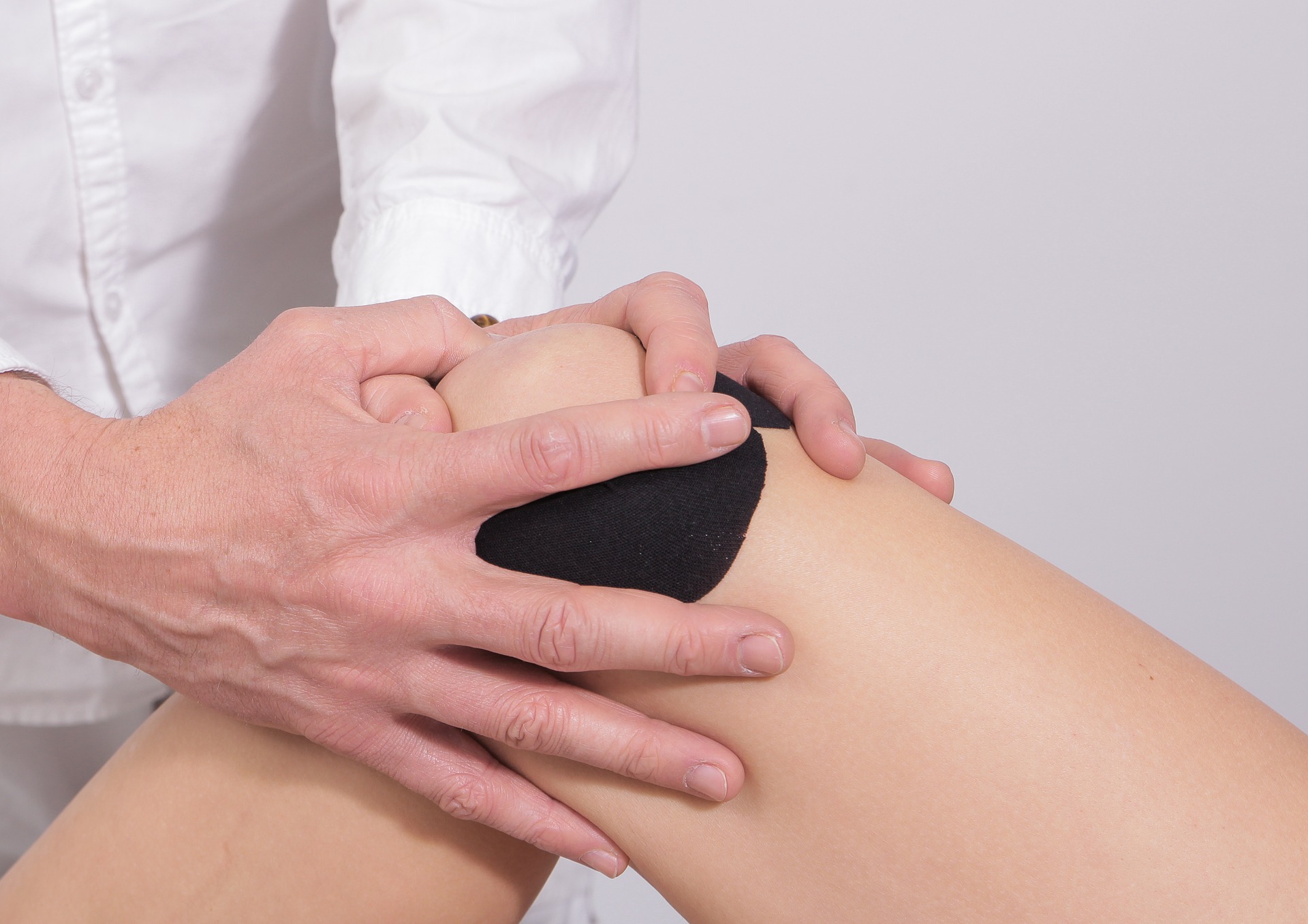Do the rains and cold make all your joints go stiff? Do you feel intense pain and tenderness when you try to bend your knees or fingers? These are all clear symptoms of joint pain. At my Ayurvedic clinic in Chennai, joint pain is a common complaint that many of my patients come with, seeking immediate relief. But before you jump into the treatment and pain relief aspects of joint pain, you must understand a couple of interesting details about the source of joint pains. So here is a quick overview of our joints and why we struggle so much with joint pains.
The cause of joint pain
Joints are the often overlooked parts of your body that gain significance only when their critical functions are affected. They are regions between two bones and are filled by a lubricating liquid called the syanovial fluid. The main job of the joints is to cushion the region between two bones so they can move easily in relation to each other. Yes, joints are as critical as bones in facilitating movements. With age, the syanovial fluid reduces in concentration, drying out the joints. This is caused by activities that cause excess strain to the joints and also by natural wear and tear. In addition injuries and infections can lead to inflammation of the joints.
The two causes of joint pain as per Ayurveda
According to Ayurveda, joint pain is attributed to two causes, one of which is quite interesting. The first cause is the imbalance of vata roga. Joints are commonly associated with vata; hence if the tissues around the joints do not receive the right nutrition such as fat in a timely manner, then the syanovial fluid will no longer be able to lubricate the joints, causing it to dry up and create a vata imbalance. This can also affect the health of bones, the tissues’ capacity to absorb nutrients, and the ability to transmit nerve impulses.
Interestingly, joint pains are also associated with healthy nutrition of the tissues around the joints and the digestive power of patients. Improper digestion leads to the production of toxins or ama in the intestines, which accumulates in the joints. If the body is not able to eliminate these toxins from the body, they affect the joints, causing irritation and inflammation. These toxins can also lead to joint pain, especially during rains or cold seasons, when they mix with the syanovial fluid. The fluid hence becomes viscous and loses its lubricating power. Kapha roga is a common cause of this type of joint pain, and Ayurveda experts can easily manage this condition at the earlier stages. However, as time proceeds, it leads to chronic pain. Hence, poor digestion is a critical cause of joint pain.
So, if your causative symptoms are owing to digestive complications, then you will need immediate and intense attention to remove the ama. But if the causative symptoms are because of lack of proper nourishment to the joints then you will need corrective procedures that can bring back the vata balance.
Relief from joint pain
The solution depends on the source of the joint pain – either correcting the nutritional balance to remove vata roga or eliminating the ama from the body.
But as a general approach, every treatment protocol aims at correcting the circulation to the joints, detoxification, providing the right nutrition to the joints, and minimizing the discomfort and pain from joint inflammation. Since each protocol depends on the cause of the joint pain, ensure that you consult with an experienced and expert Ayurvedic doctor before you blindly proceed with therapy.
Elimination of toxins
Panchakarma is a treatment of choice that can help remove the harmful ama from your body to deliver relief from joint pain. But it also involves specific focus on the affected joints. Detoxification of the entire digestive system and supporting the cleansed system with the right nutrients is essential to clear joint pain and to prevent it from recurring.
Massage therapies
Therapeutic abhyanga is a great option to correct vata roga. Regular massages with medicated oils, kizhis, and enemas also help in improving the supply of nutrients to the affected joints.
Diet
Detoxification and nourishing the tissues are the main focus of providing relief from joint pain. Hence, diet plays a critical role in both causes of joint pain. A vata-correcting diet includes a well-balanced nutrition of all the tastes. Preferably avoid bitter foods and caffeine. Ghee is a great ingredient source of nutrition, and in addition, include many vegetables and fruits in your diet. Milk is critical as it supplies the much-deserved calcium. All processed, frozen foods, and food items that challenge easy digestion are a complete no. Focus on breaking your food intake into many manageable pieces.
Exercise
Ayurveda recommends sensible exercises that help bring back the movement of joints and related bones and muscles. Perform these exercises under the supervision of an expert since excessive strain can worsen the underlying condition. Perform pranayama and specific yoga poses under the strict guidance of experts.
Say no to joint pain with healthy living
Any treatment modality is successful only when supported by a healthy way of living. Hence make sure that you correct your sleep-wake cycle to a regular 6 to 10 format. Eat and live healthy, supporting your body with fresh thoughts and invigorating exercises. Joint pains in most cases are completely avoidable. But if you are struggling with the pain, do get in touch with an expert Ayurveda doctor. You will have to first find the cause and only then go in for specific treatments.


